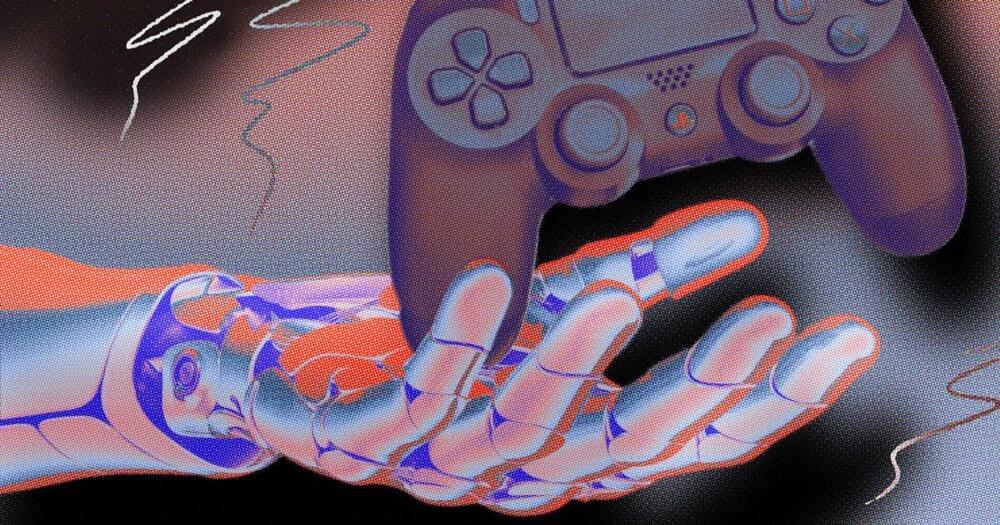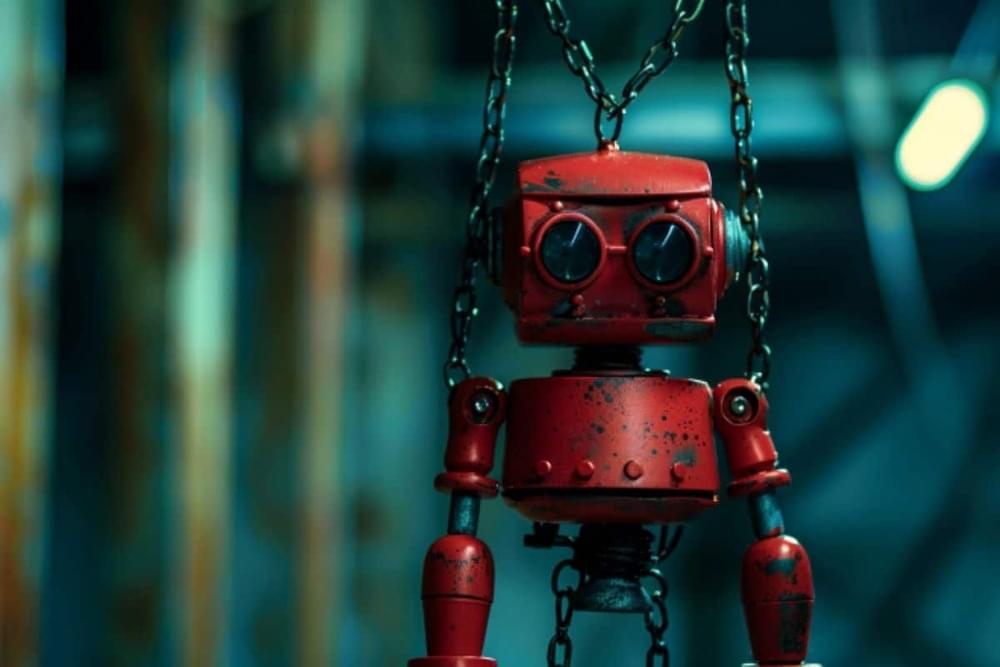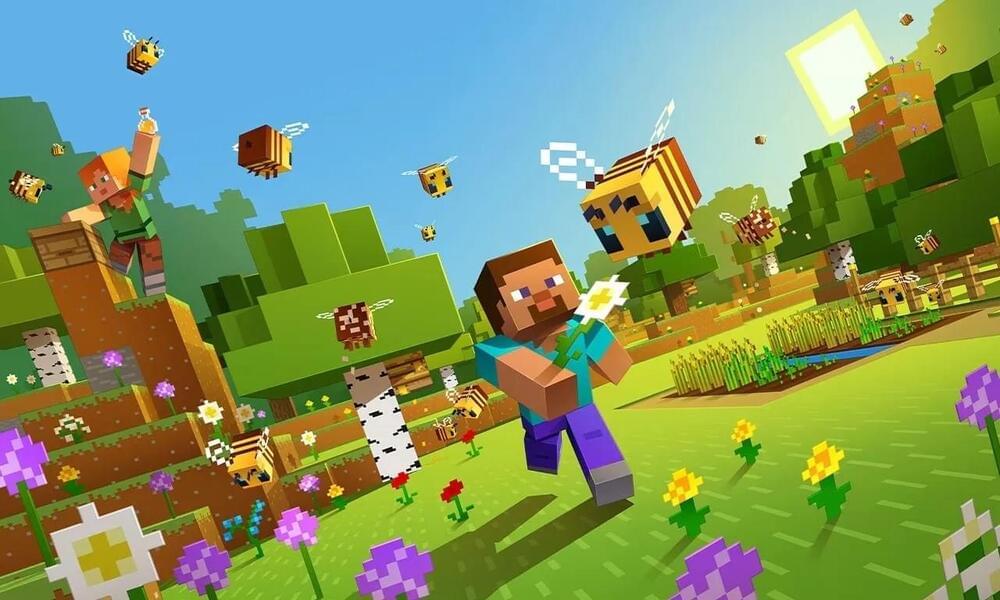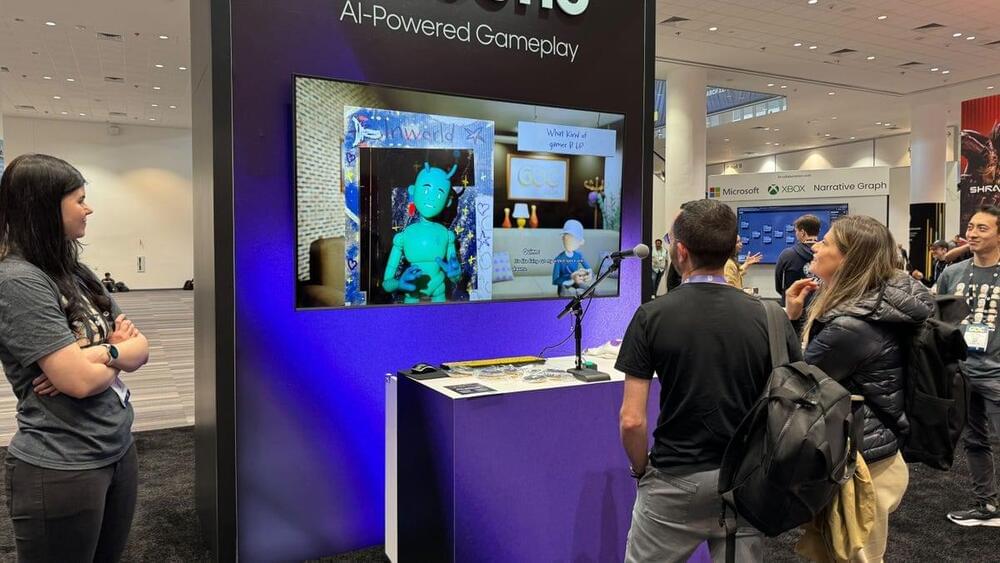Lowtek Games combined the multifunctionality of a screen with the beauty of a pop-up book in a unique project that will take your imagination to another level. Codenamed Lowtek Lightbook, this interactive experience allows you to not only read stories but also play various games.
For example, you can color pictures with digital paints, find hidden objects, run away from aliens, or deliver food to them – all thanks to projection mapping and Lowtek Games’ clever thinking. Moreover, the story of Bib Goes Home can be even more engaging if you manually make Bib go home and explore his surroundings using a controller and a projector.




